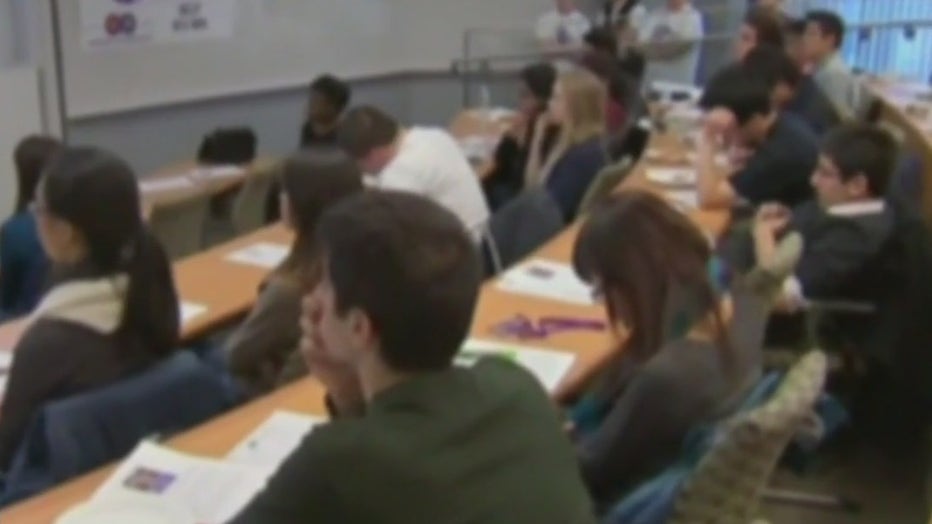One-on-one with James Kvall: U.S. Department of Education’s changes in college student aid

Changes in college student aid
The federal government just changed how college students apply for financial aid and how much help they can get. The goal is to make it easier for a lot of students to get federal grants they do not have to repay.
TAMPA, Fla. - The federal government just changed how college students apply for financial aid and how much help they can get.
The goal is to make it easier for a lot of students to get federal grants they do not have to repay. Specifically, the U.S. Department of Education simplified the financial aid process by reworking the Free Application for Federal Student Aid (commonly known as the FAFSA form).

FOX 13 Political Editor Craig Patrick sat down with James Kvall, the U.S. Department of Education under secretary, to explain the new process and which students and families can cash in.
James Kvall: Well, circumstances will vary, but it's much easier than it was before. And for many students’ families, you basically just need to know who you are and where you want to go to college. We're asking them to let us use information the government already has [your tax information] to calculate your student aid awards. That means you're not going to have to route around for a copy of your tax return and type that back into the computer. So it's going to be a lot simpler and more streamlined.
Craig Patrick: One of the goals is to make it easier to apply for Pell Grants and for more people to receive them. Pell Grants are for students who demonstrate financial need and generally do not need to be repaid. The U.S. Department of Education projects more than 600,000 additional students from low-income families will get Pell Grants. How do you arrive at that projection?
Kvall: Our estimate is there are about a million people nationally who may be eligible for Pell Grants but have never filled out a FAFSA. And of course, no one knows how many people would go to college if they knew this help was available to them. So, we're trying to reduce a lot of headaches for students and families filling out the form. But, our hope also is to get more scholarship money in the hands of students who need it to go to college.
Patrick: The form usually goes online in October. Now we're looking at the end of December. What's the cause of the delay?
Kvall: Well, it's a really very, very different system. We've had a lot of work to do to implement it. And also, we want to make sure that colleges and students and families understand there's new terminology here, a new formula. Most students apply in January and February. Financial aid offers typically go out in the late spring. So this is something we're all going to have to work on together to implement this new system. But it's going to be worth the effort. It's going to be much easier for students and families, and it's going to be more generous for low and middle-income families.
Patrick: Some colleges and universities, especially here in Florida [and I'm specifically thinking of the University of Florida], the application deadline has already passed. So, if students have already applied, is it too late for them? And if they've been accepted already to then fill out this form months after they've applied?
Kvall: No, they should still come and fill out the form. It's typical for application forms and financial aid forms to operate on somewhat different timelines.
The new process no longer gives families an added break for having more than one child in college at the same time.
And under the changes, if a student’s parents are divorced, he or she must report income from the higher earning parent, whether they live with that parent.
Students can also earn up to $9,000 and not have that money count against them in determining financial aid.

